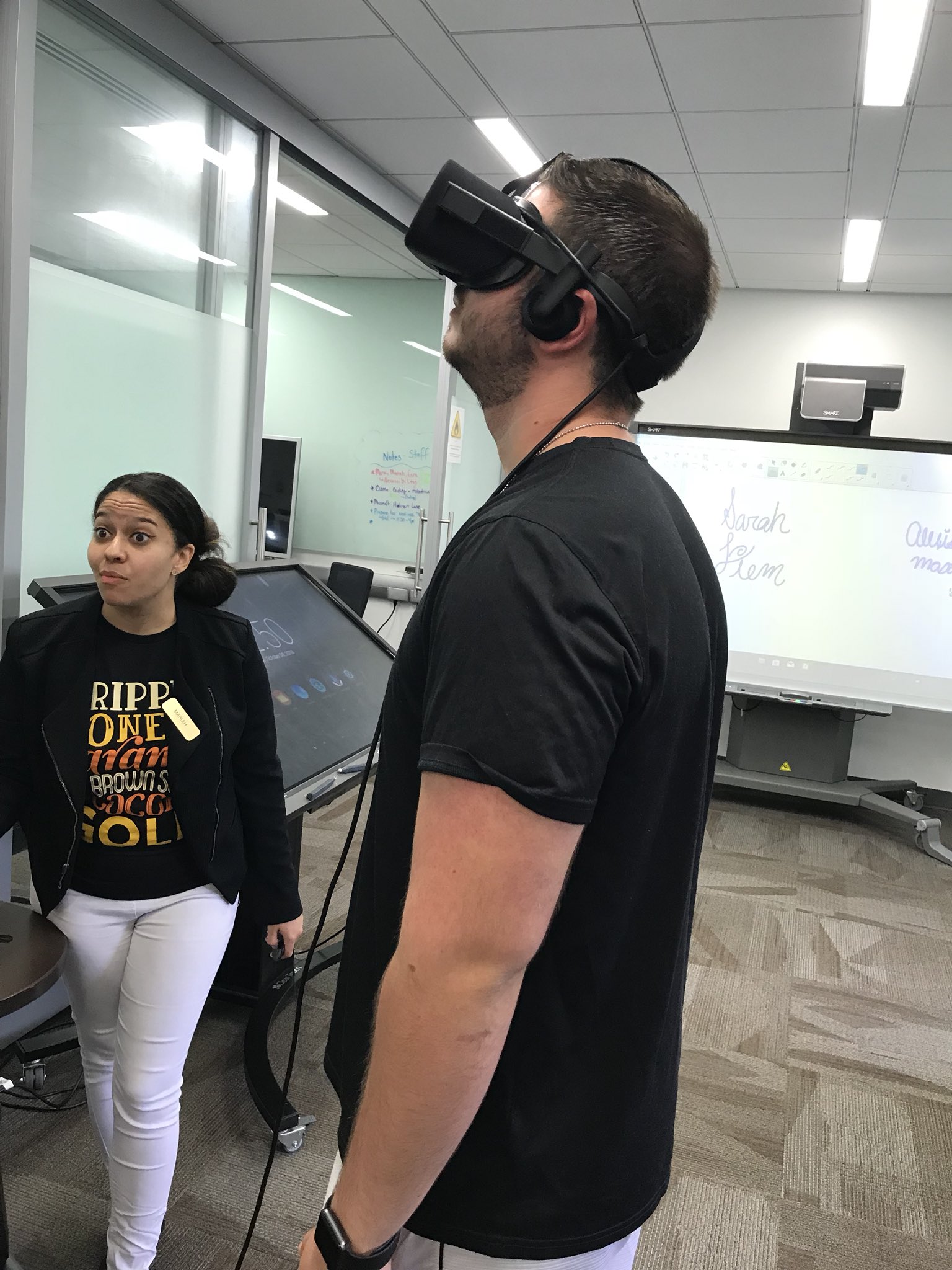Blog Post #8
While working with the application named "Diigo" I picked up various skills that will benefit me down the line. Using the tool has made me conscious of the CRAAP guidelines, as they make me recall whether a source is valid. The tool also helped me grow in my personal learning network, as I interacted with others online through sharing and commenting. By reading tons of other sources and articles, it helped me analyze which pieces of information that I found beneficial. Since I highlighted and left comments for the author, I was growing my own learning by sorting through the articles' data. Diigo can be used for my classroom, team members, and beyond to teach us how to better connect with others when sharing or discussing information on line. I can use it to teach us the CRAAP guidelines and to practice remembering them. Following that, we can use it for group projects or other efforts to compile data quickly and store it on the Diigo database for easy access!
PowerPoint by Microsoft can be a splendid tool to help students develop at every level of Bloom's Taxonomy. I can imagine a scenario where I would have my students make a PowerPoint to teach the class on a book that they read. This interactive book report would go through every level of the Taxonomy. They would have to create a new work (their PP) based off of a preexisting work (the book itself). Second, they would have to evaluate the book, as they can argue its meaning, defend the author's purpose, and/or support their interpretation of the source if it's vague. Then, they would analyze the book in regards to other sources. This can be done by linking it to other written works through comparing and contrasting elements like characters, setting, tone, plot, and more. Next, they would apply the book's information to outside situations. This is where they would demonstrate the information that they learned in new ways, such as teaching how they analyzed the book's meanings through context clues. Stemming from that, they would express how they understand the material, showing the class through discussion and dialogue that they know what they're talking about. Lastly, they would demonstrate how they remember their book, as they must present to the class by just using slides containing little information, as they must rely on memory to present their book. All in all, this lesson would highlight all the levels of Bloom's Taxonomy as they present to the class their learning and growth in the process of discovering new literature.
Technology is a phenomenon that assists in driving a teacher's professional development. By staying updated on the current trends and adaptations give teachers an edge in developing not only themselves, but their students. How can we expect students to grow and advance their learning if their educators are not up to the standards and rates that our society is moving at? EdX is a website that specializes in bringing teachers up to speed on our modern world of educational technology. The site offers courses on personal development that come from the world's highest echelon of schools and institutions. On EdX you can find "How To" videos on making presentations, learning new lesson plans or materials, and detailed videos/articles on advancements in educational technology! Websites like this one are an amazing resource for educators who recognize the importance of staying up to date and informed on the ever changing world around us!







